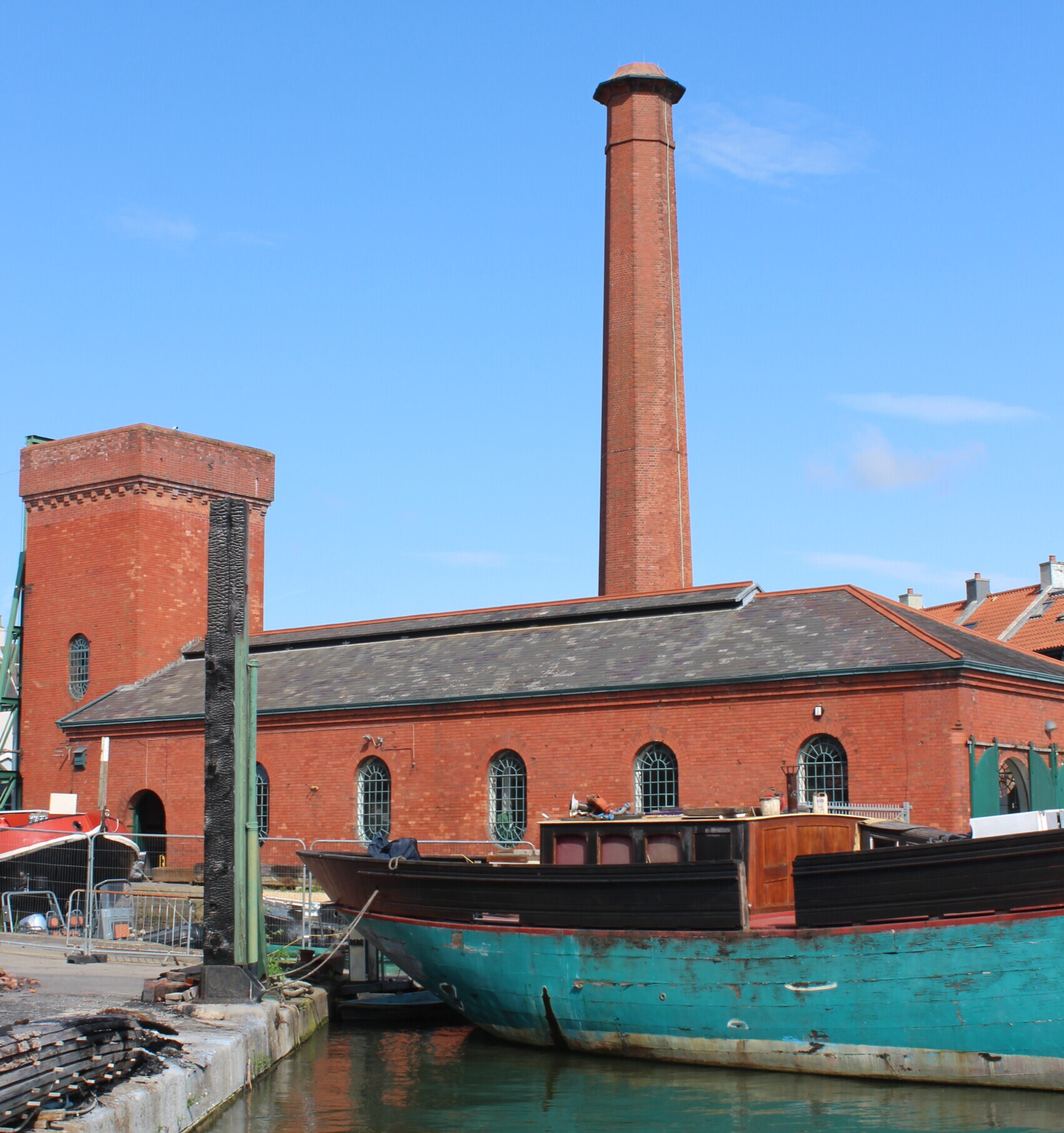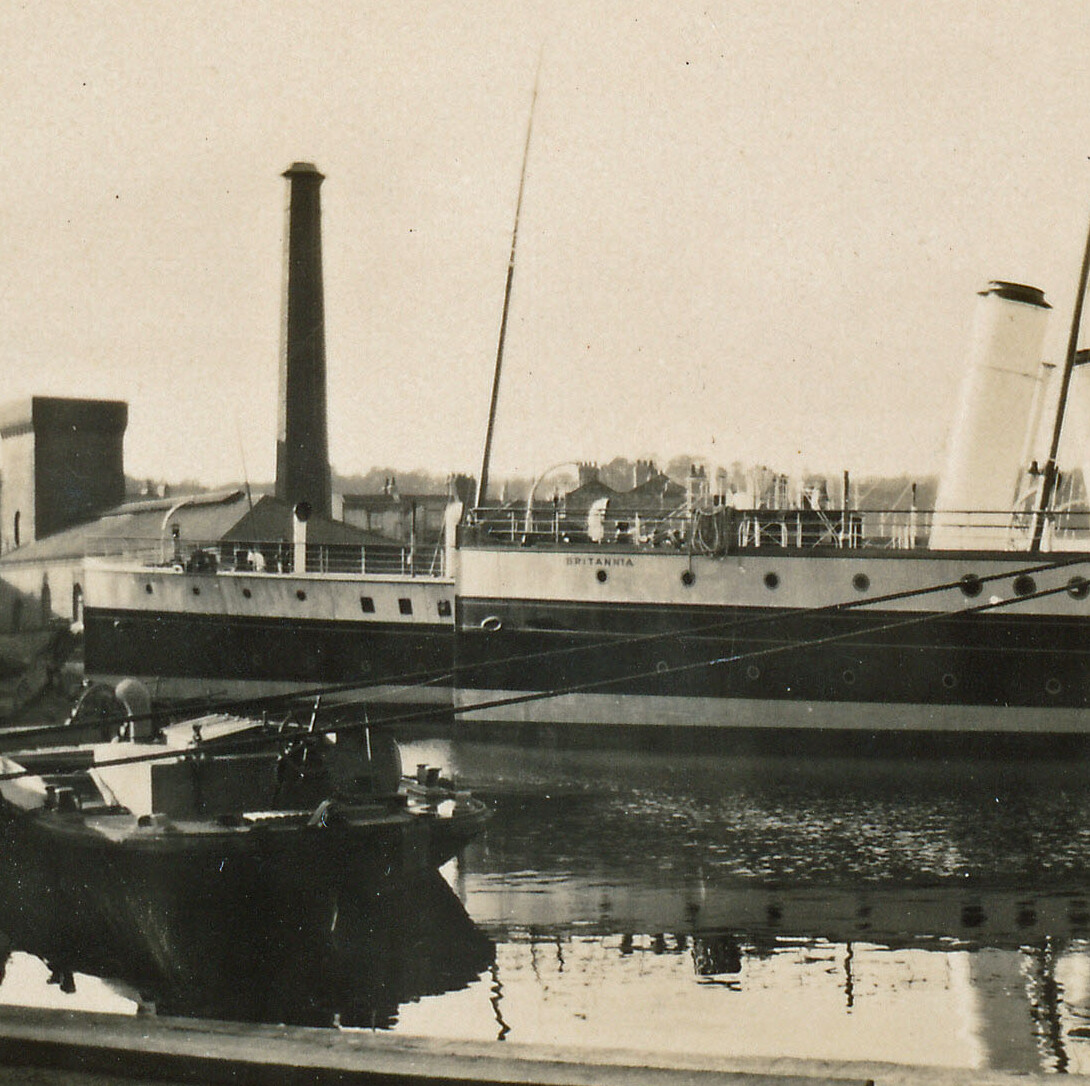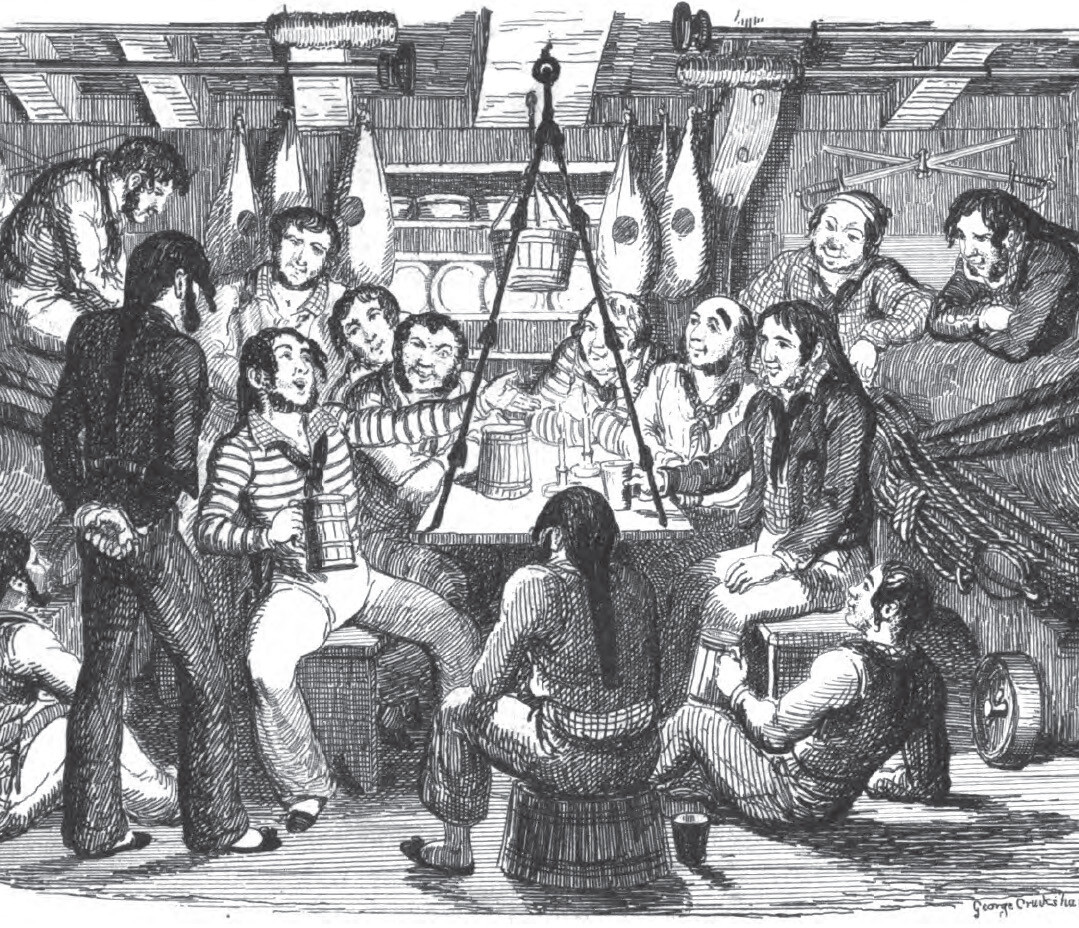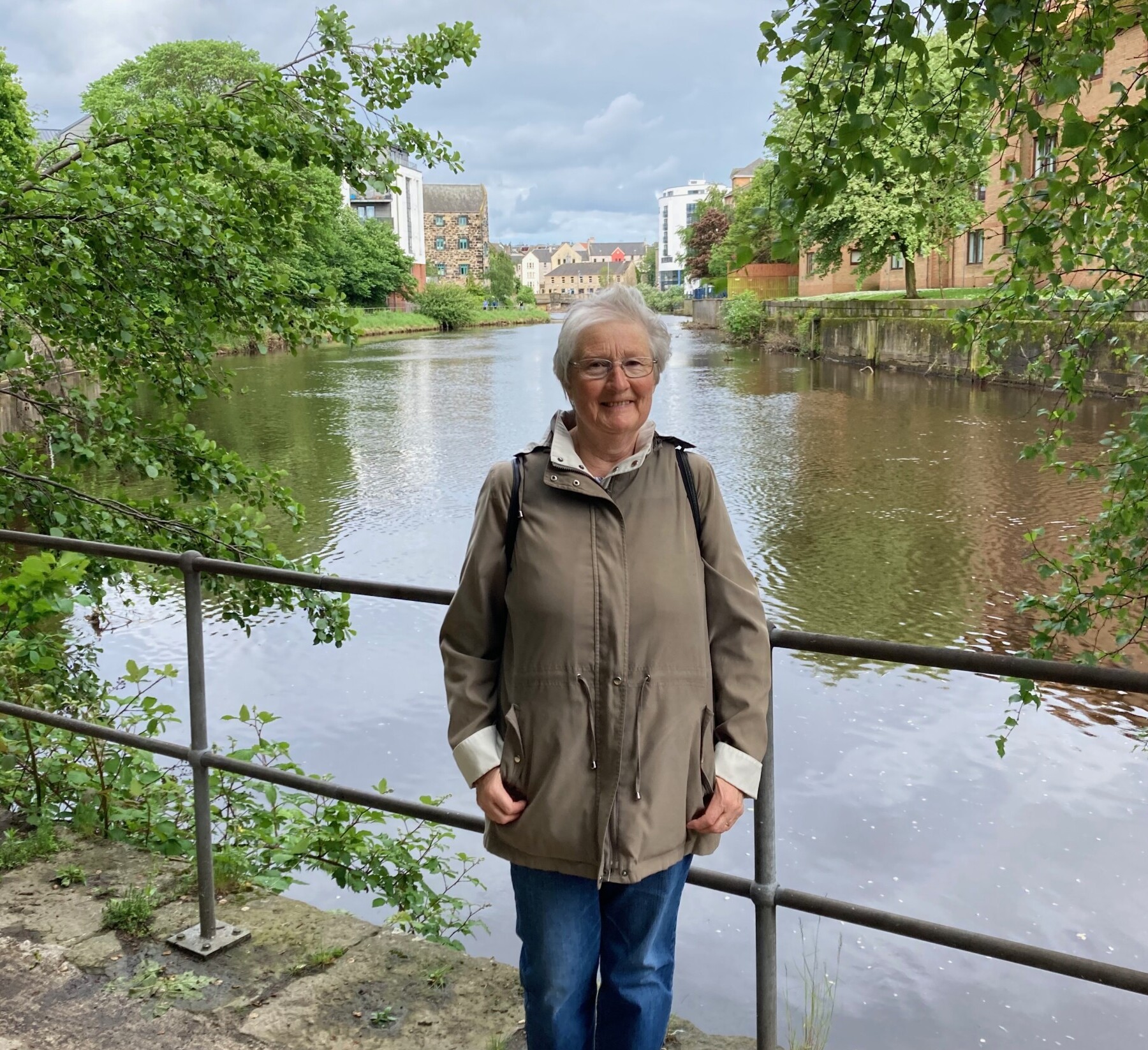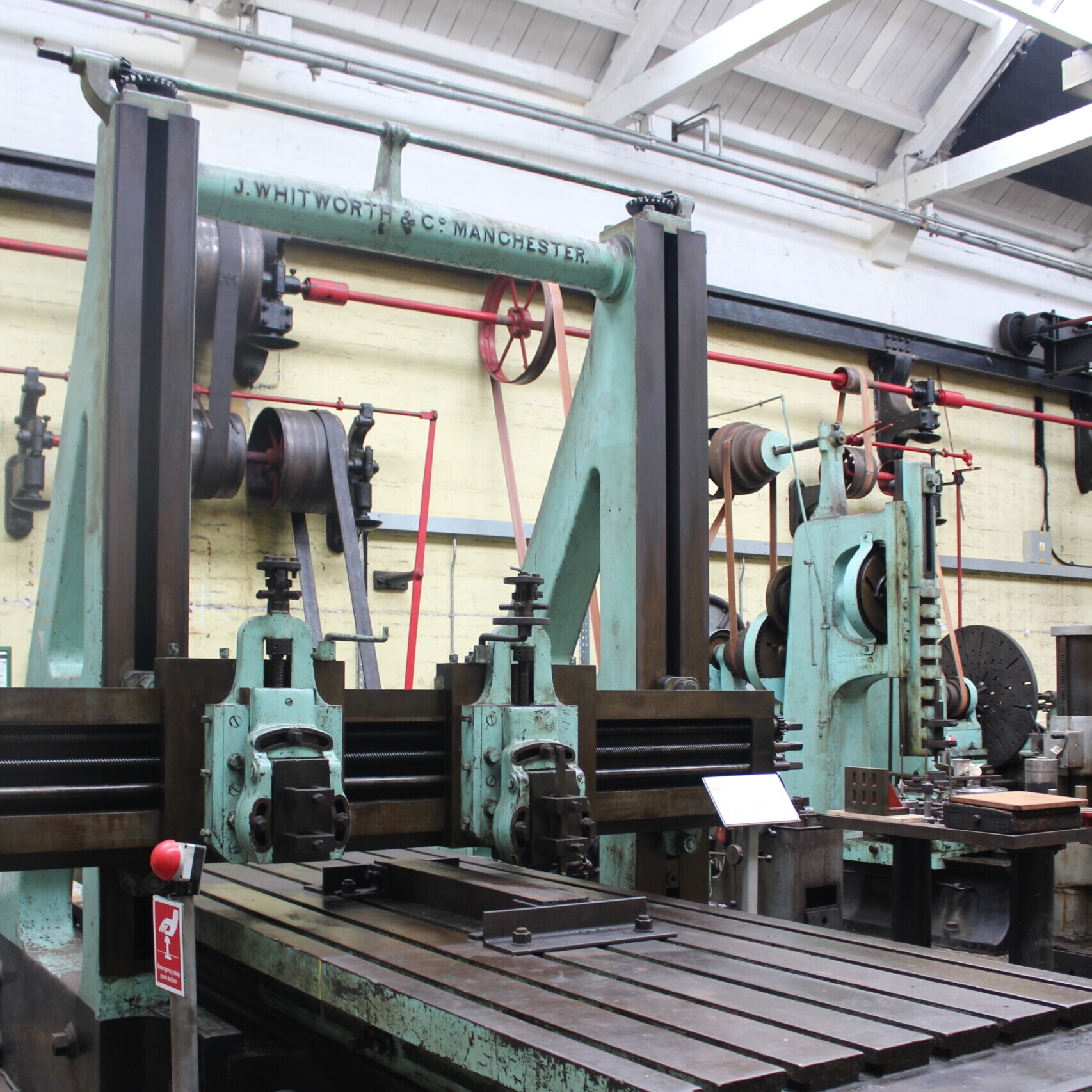Local pioneers of sustainable gifts at Ecotribo have kindly donated some of their wares for sale in the Underfall Cafe. Pop in to pick up one of Ecotribo's beautifully crafted carabiners, which were made from the Floating Harbour's own leftover plastic rope! Volunteer writer Amanda Schlicht visited their market stall to learn more... Recently, at the Underfall Market, I had the pleasure of meeting Tyrone from Ecotribo, a business that establishes a new precedent for sustainable gifting by converting plastic ghost nets from coastal British beaches into carbineers, park benches, plant pots, and more. Tyrone Probert, the founder of [...]
Monday 4 November to Friday 8 November is Trustees’ Week in the UK. It is a time for us to come together to celebrate the achievements of nearly one million trustees across the UK. Underfall Yard Trust wants to take this opportunity to thank each of our Trustees for their time, commitment and effort. It has been a particularly challenging 18 months for Underfall Yard but, together with our partners, staff and volunteers, the Trustees will deliver the Recovery and Reinstatement Project. James Durie (Chair) Recognised and respected as one of the most influential people across Bristol, Bath and the [...]
With the reopening of the yard’s harbourside walkway and the launch of Underfall Market, this year has certainly been a busy one for the Yard. It has been wonderful to see visitors returning to the Yard in larger numbers, exploring the site and bringing its character back. Underfall Yard has always had a strong sense of community and that has survived, even thrived, as the Recovery and Reinstatement Project continues. Here are a few inspiring examples of the support that has been given since the fire in May 2023: Thekla From one historic harbour site to another! The legendary [...]
Lady Moyra Brit and Westward Ho moored at Underfall Yard in 1928 Volunteer writer Dave Duggan continues his series on P&A Campbell, the paddle-steamer business that was based at Underfall Yard in the early 20th century. This month, he explores the maintenance of the company's highly popular fleet of paddle steamers and the innovative steps taken during their time at Underfall Yard. Thank you to the Paddle Steamer Preservation Society for providing the featured photographs from their collection. The brothers Peter and Alexander Campbell started their Bristol based paddle steamer business in 1887. Over the next 69 [...]
By George Cruikshank - Illustration "Saturday Night At Sea" from "Songs, naval and national, of the late Charles Dibdin; with a memoir and addenda.", Public Domain On Saturday 21st September, venues across the city will be hosting the Bristol Sea Shanty Festival. The festival always brings a joyous crowd to Underfall Yard, and it's clear that sea shanties still have a hold over modern audiences. Volunteer writer Elaine explores the origins of the sea shanty and its lasting popularity. Does your favourite tune count as a "shanty" or a "sea song"? In December 2020, when the country [...]
A striking feature of the yard's walkway, the slipway is one of the few working examples of the “patent slip” design from the 19th century. Volunteer Elaine continues her research into the slipway, tracing its origins in Leith, Scotland… One of the outstanding features of Underfall Yard’s maritime heritage is its historic patent slip. The slip gets its name from the fact that the design, featuring a moveable cradle running on metal rails, was patented by Thomas Morton, a shipbuilder of Leith, near Edinburgh. I had visited Leith several times, as my daughter has recently moved there. However, it [...]
Sir Joseph Whitworth (1803-1887) is a name that may be familiar to you, sitting atop the large blue-green planing machine in Underfall Yard's Docks Maintenance Workshop. But do you know who he was? Volunteer writer Elise investigates his life and legacy... Sir Joseph earned his fame for his creation of the British Standard Whitworth (BSW) in 1841, the world’s first official standardised screw thread. This is the pattern of grooves that wind down the length of a screw. Prior to Whitworth’s system, the distance and depth of the grooves had varied from each manufacturing house, meaning that different machines [...]
NewsUnderfall SuperAdmin2024-09-11T15:43:05+01:00



